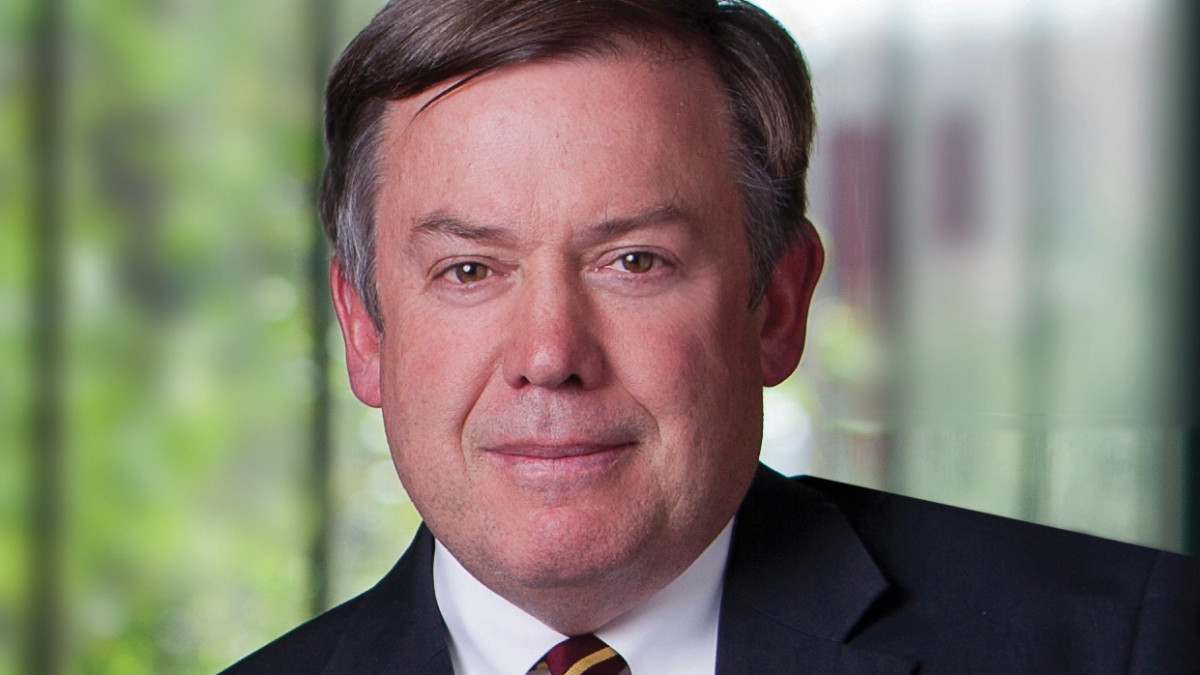ASU students meet new workforce demand, Crow says

Today’s workforce needs are creating demand for the type of students produced at Arizona State University; students who not only learn in the classroom, but also have experience outside of the classroom tackling real-world problems, said ASU President Michael Crow.
Crow was speaking at a field hearing of the House Committee on Education and the Workforce on March 20 at ASU’s Polytechnic campus. The field committee, chaired by John Kline (R-MN), convened to discuss ways education and skill training can strengthen our economy. President Crow provided expert testimony to the committee.
Chairman Kline was joined by Rep. Matt Salmon (R-AZ) of Arizona’s 5th District and Rep. Raul Grijalva (D-AZ) of Arizona’s 3rd District for the field hearing, “Reviving our Economy: Supporting a 21st Century Workforce,” which discussed ways a variety of Arizona institutions are working to meet the needs of the changing U.S. workforce.
The field hearing was at the invitation of Rep. Salmon.
“A quality education and job training system is crucial to the strength and success of America’s workforce,” said Rep. Kline. “Higher education institutions, career and technical education schools and workforce investment boards each play a valuable role encouraging local economic growth by providing individuals with the skills and training needed to fill in-demand jobs.”
Joining Crow to provide testimony were representatives from Intel, City of Chandler, Northern Arizona University, University of Arizona, Pima Community College, University of Phoenix and Estrella Mountain Community College.
During his testimony, Crow talked about how ASU’s redesign meets the needs of the 21st century workforce. He said at the beginning of the redesign process, ASU had to ask, “How do we connect with businesses and meet their fundamental needs?”
“We wanted to take ASU from the Ivory Tower to a frontline institution,” he added. In doing that, we had to “reset the vision of the institution and take responsibility for the social and economic well-being of the community.”
The result is changes in all of the colleges, not just engineering, and a robust economic affairs effort that “fits hand-in-glove” with companies to retain those already in Arizona, to attract new companies to the state and to attract companies globally.
As an example, Crow spoke about iProjects, where companies come to ASU with a specific problem and enlist the help of ASU students. The students have shown an ability to develop innovative solutions to the problems, gaining real-world experience, and the companies often hire the students who worked on the project.
“There is unbelievable potential in students,” Crow said.
Cathleen Barton, education manager for Intel Corporate Affairs, Southwestern U.S., corroborated the popularity of ASU students, saying Intel hired 836 ASU students, compared to 182 from both University of Arizona and Northern Arizona University.
Turning his attention to graduates of ASU, Crow said the university has worked hard to increase the number of graduates from about 9,000 10 years ago to 19,000 graduates today. He added that seven out of 10 incoming ASU students are STEM majors.
Crow added that he had two requests of the committee: to fund innovative institutions, and to hold all higher education institutions responsible.
When there is a problem, the instinct is to try and correct it all at one time, but what may be needed is to fund the truly innovative institutions to find ways to solve the problem. As for accountability, he added that higher education institutions need to be held accountable for their graduates, the performance of their graduates and the debt default of graduates.
“You need to hold everybody accountable – community colleges, for-profits, privates, publics,” he said. “Everybody.”